Battery-Powered GPS Trackers
Connect more of the assets that matter with our range of GPS trackers with long battery life.

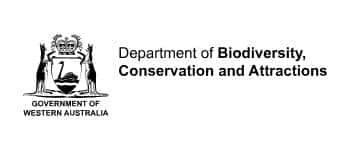
Company: Department of Biodiversity, Conservation and Attractions
Website: https://www.dbca.wa.gov.au/
Country: Australia
Industry: Government
Connectivity: LTE-M / NB-IoT

The Hawk
Explore how the Hawk IoT Data Logger and Sensor Hub is being trialed by researchers in the Department of Biodiversity, Conservation, and Attractions (DBCA) in Western Australia to monitor quokka traps and promote animal welfare on Rottnest Island.
Quokkas, a small marsupial species native to Western Australia, are renowned as the “world’s happiest animal.” They are primarily found in forest habitat in the southwest although they also occur on two islands off the coast of Western Australia, with Rottnest Island being home to the largest population.

The Rottnest Island Authority (RIA) is responsible for managing the conservation of the quokka population on the island, which involves tracking and assessing the number of quokkas in particular areas over time.
Population surveys are an important tool for conservationists to understand the health and status of threatened species populations and to identify any changes that may require management action.
Traps are commonly used in animal population surveys to capture and mark individual animals, which enables researchers to estimate the size of the population and track changes over time. In a typical survey, traps are set up in a study area and baited to attract the target species. The traps are designed to capture the animal humanely without causing injury, and the captured animals are then identified, measured, and marked with a unique identifier.
The marked animals are released back into the study area, and information from any subsequent recaptures of marked individuals is used to provide estimates of animal density within specific habitats. By extrapolation of density estimates from each particular habitat, estimates of overall population size can also be made.
Animal welfare is a top priority for the Department and RIA, and they have strict standards in place to ensure the safety of the quokkas during the trapping process. One of their requirements is to check, process and release all animals within timeframes that meet animal welfare requirements.
Checking traps is a time-consuming process and can be a challenge, especially when traps are in remote areas. Therefore, DBCA researchers are interested in innovative solutions to streamline the trap monitoring process and reduce stress to captured animals.
The Hawk is a versatile and robust IoT data logger and sensor hub that is designed to support a wide range of sensor integrations to enable hundreds of remote monitoring applications. The device features a unique and flexible I/O Card architecture that caters for plug-in cards that define the inputs/outputs, offering limitless options for interfacing to sensors such as SDI-12, I²C, 1-Wire, iButton, 4-20mA, RS-485, RS-232, Analog Inputs, Digital Inputs, Pulse Counting, Digital Outputs, Switched Power, and more.
Utilizing one of the Hawk’s Digital inputs, a pull-apart wire sensor is connected to the trap door. When the trap closes the wire disconnects and the Hawk sends an immediate SMS alert to notify staff. Although all traps are checked daily, traps containing animals based on the sensor alert can be attended to first. This streamlined approach is intended to ensure captures can be processed and released as quickly as possible thus ensuring animal welfare as a priority in trapping programs.


Available in several power variations, the Hawk can be powered by a large internal rechargeable LiPo battery, connected to an external power source such as a solar panel or grid power, or powered by 2 x D Cell LTC batteries for a completely self-powered solution.
After the device has successfully been trialed, DBCA researchers hope to deploy this versatile IoT trap management solution across other research programs.
For more information on the Rottnest Island Authority and the Department of Biodiversity, Conservation, and Attractions Western Australia, visit www.dbca.wa.gov.au/.

Related Case Studies
Battery selection plays an important role in determining how well a data logger performs in the field. This is especially important in challenging thermal environments or in scenarios where the data logger needs to power demanding sensors.
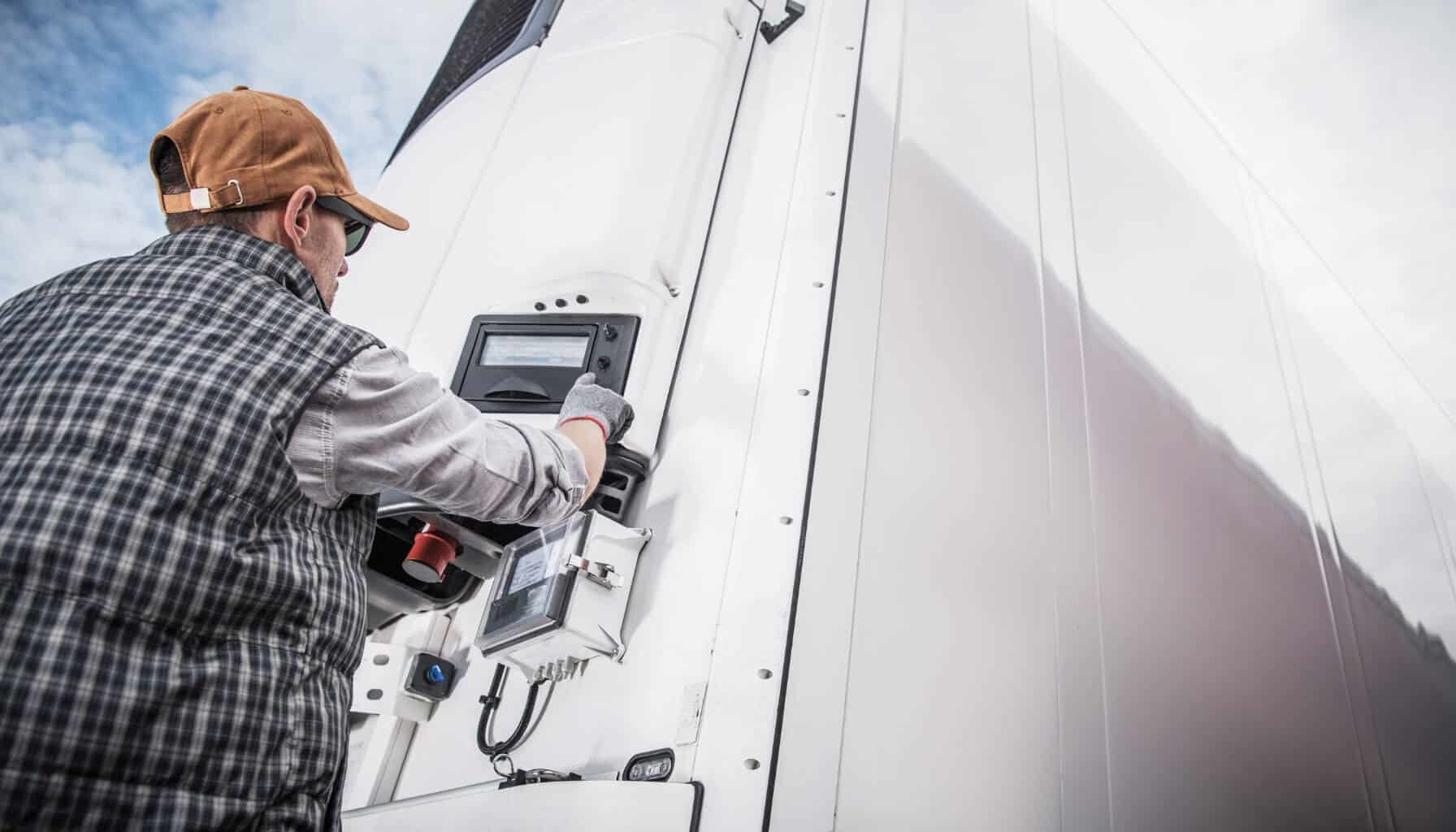
Related Case Studies
In today’s world, the need for precise sensor monitoring is becoming more and more prevalent. Temperature and humidity sensors are among some of the monitoring tools that play a pivotal role in maintaining optimal conditions for many industries, from cold chain logistics, healthcare, all the way to agriculture. This article will explore the fundamentals of temperature and humidity monitoring, the technology, applications, and role of data loggers for communicating temperature and humidity data.

Related Case Studies
What is an NB-IoT Data Logger? Data and real-time insights allow businesses to optimize operations, monitor conditions, and make informed data-driven decisions. NB-IoT data loggers play a pivotal role in ensuring businesses are equipped with the right data, at the right time. NB-IoT data loggers allow for wireless, remote data collection from sensors, allowing businesses to capture integral data without any manual effort.

Related Case Studies
Agriculture is rapidly evolving with the integration of IoT technology, enabling farmers and agribusinesses to optimize operations, increase yields, and enhance sustainability. By leveraging remote sensors and data loggers, such as the Hawk, agricultural professionals can gain real-time insights into environmental conditions, equipment usage, and livestock movement to make data-driven decisions.
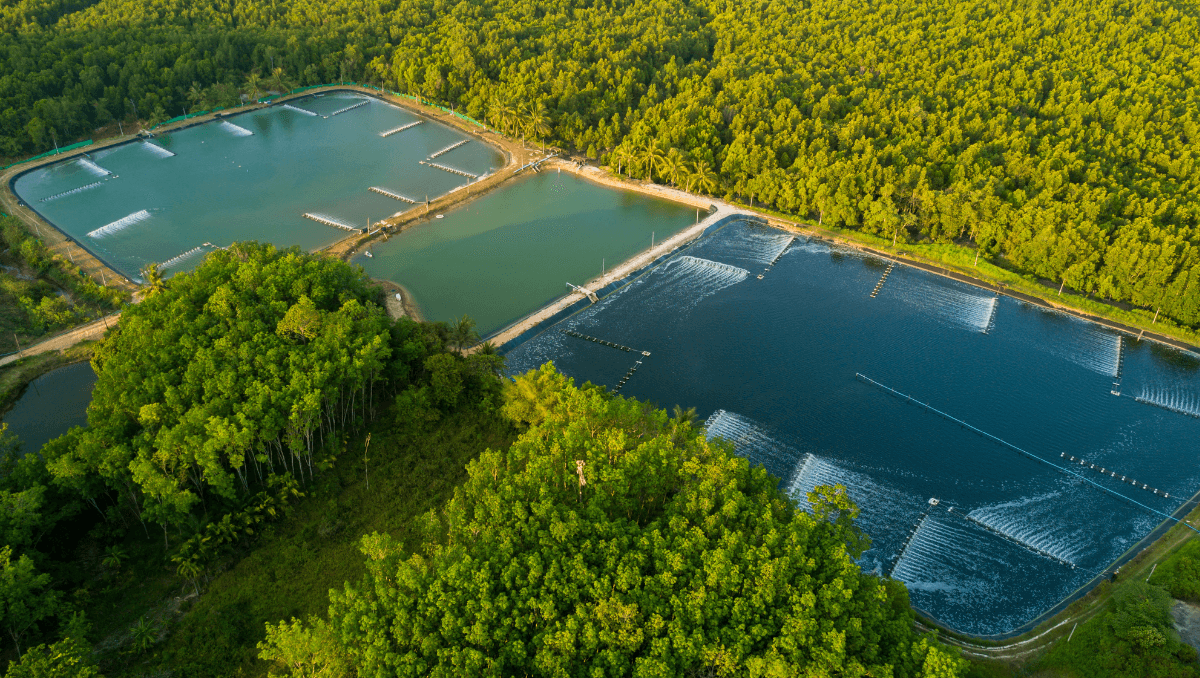
Related Case Studies
IoT plays an integral role in the modernization of smarter water management, allowing for greater efficiency, improved resource allocation and, enhanced sustainability. Learn how IoT has improved water management practices and discover the technology making this possible for industries around the world.
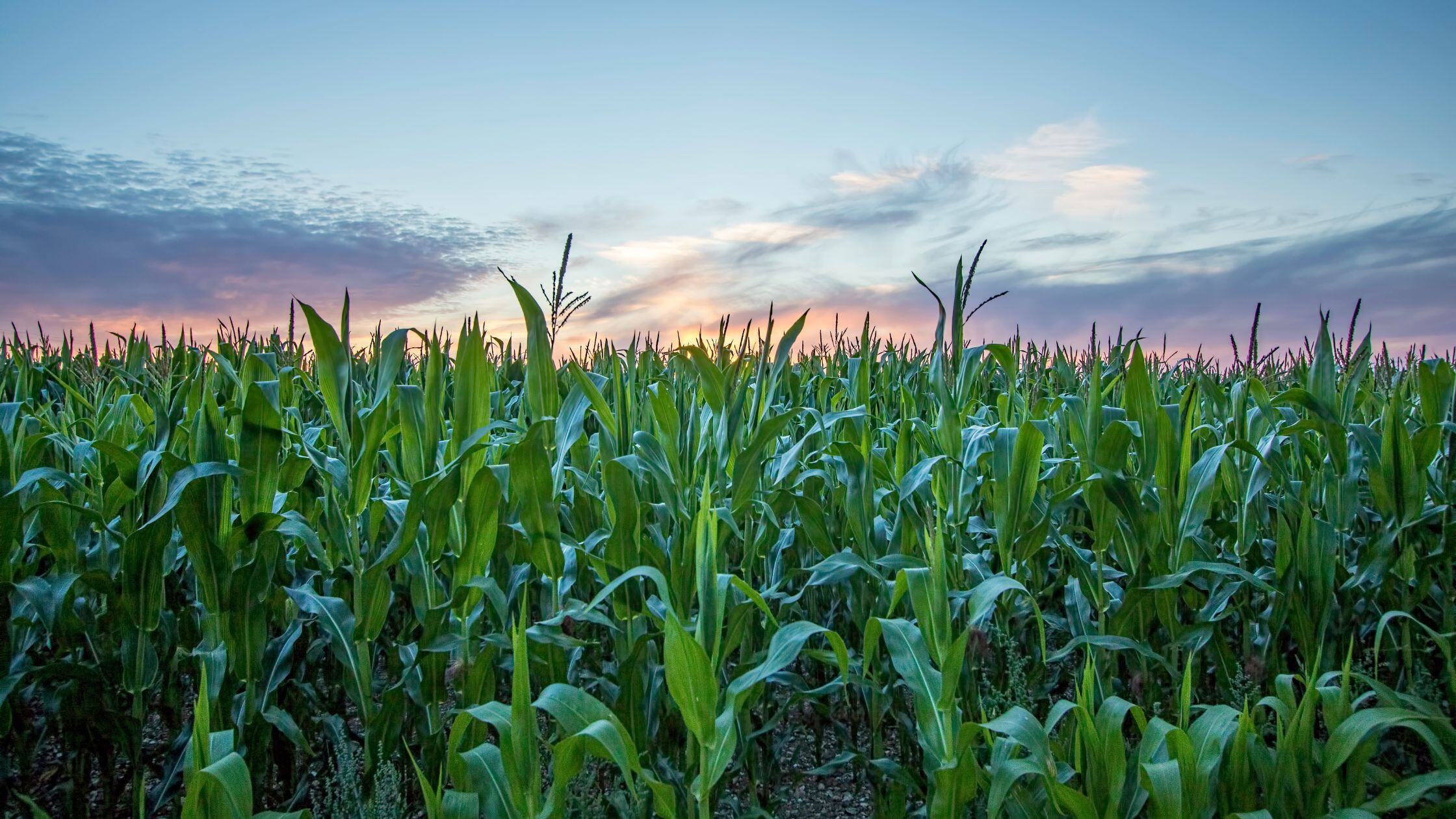
Related Case Studies
A Bluetooth® data logger can be used in sensor monitoring, utilizing Bluetooth Low Energy (BLE) to read data captured by a variety of sensors and tags. Bluetooth technology offers a cost-effective, energy-efficient solution for remote sensor monitoring, with its' low power consumption and ease of deployment. Discover the various sensors that utilize Bluetooth technology, their practical applications, and how they compare with other wireless solutions.

Related Case Studies
We have iterated on the low-power design DNA that permeates our entire product range to create a Hawk that can run for years using low-cost, Alkaline D Cell batteries.
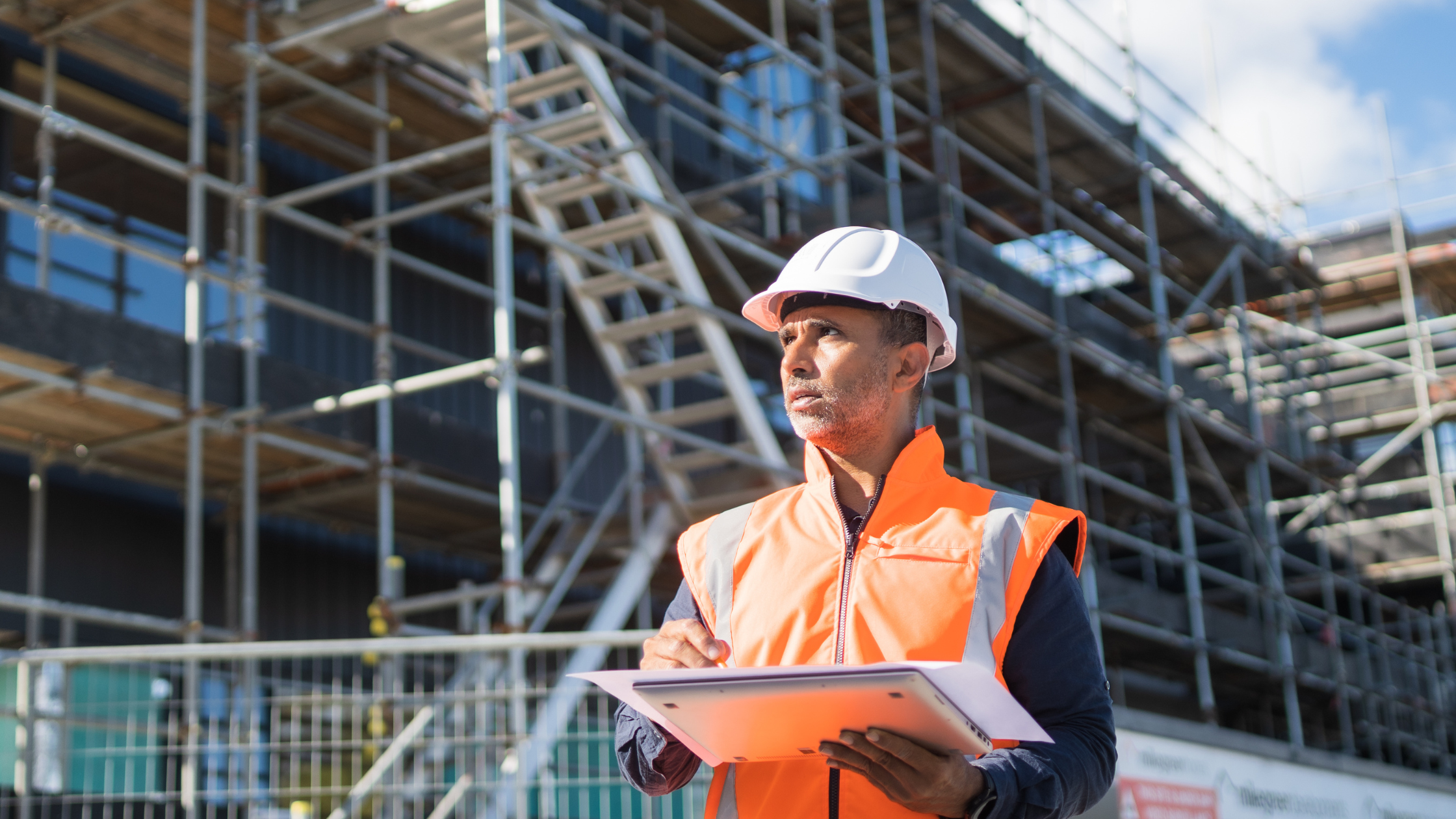
Related Case Studies
Remote task management leverages IoT technology to facilitate the real-time control and monitoring of devices and systems. Utilizing IoT sensors, a series of parameters can be remotely monitored from anywhere in the world, with data sent to a designated end-platform for analysis and task automation.
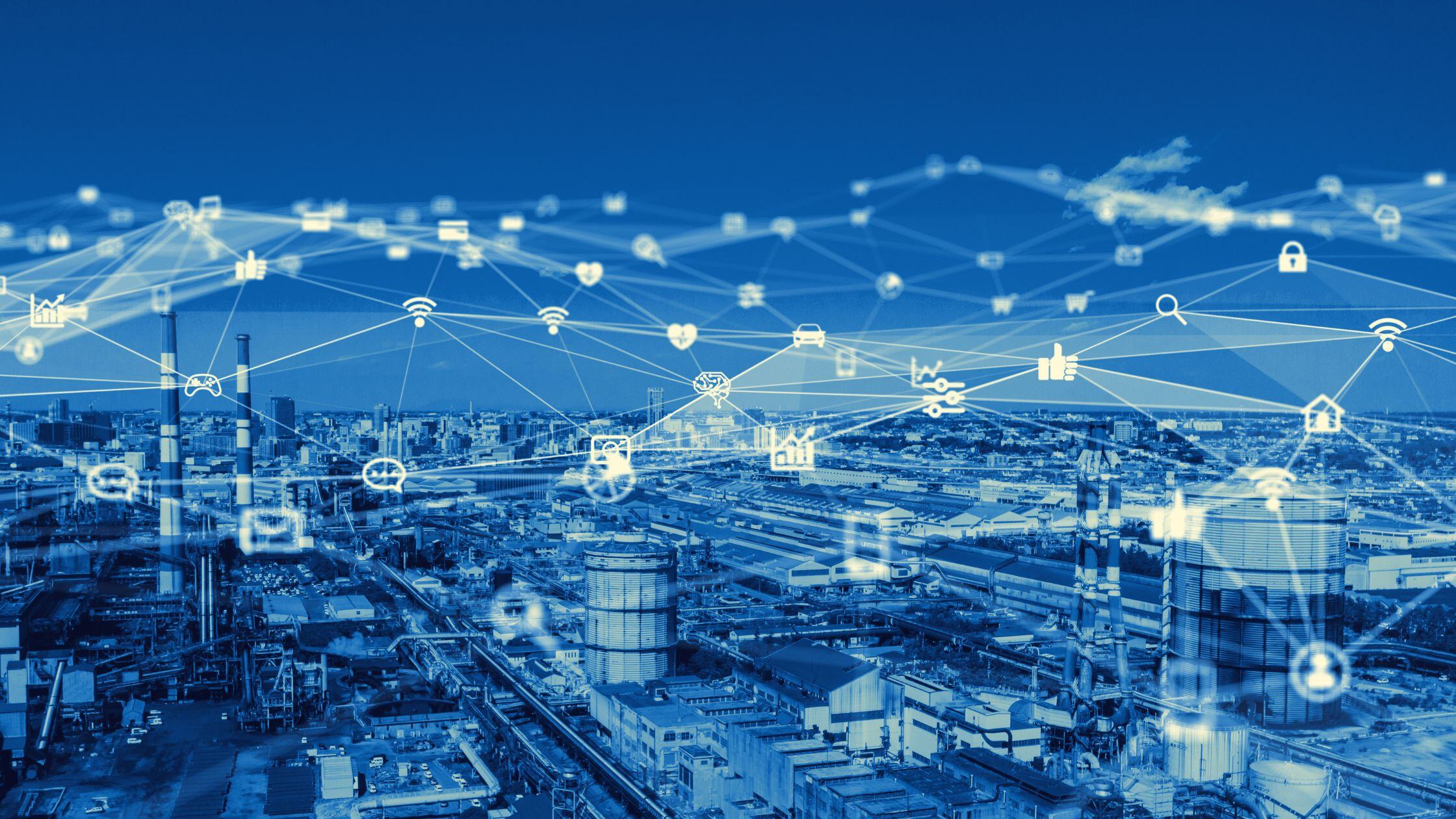
Related Case Studies
Modbus protocols are utilized in many industries such as industrial automation, building automation, and utility. Modbus offers an intuitive master-slave architecture that provides crucial data that aids in making timely decisions. Modbus remains a cornerstone in sensor monitoring due to its reliability, ease of implementation, and broad industry acceptance. Modbus data loggers help translate the data captured from Modbus protocols into a cloud-based platform to allow for remote monitoring.
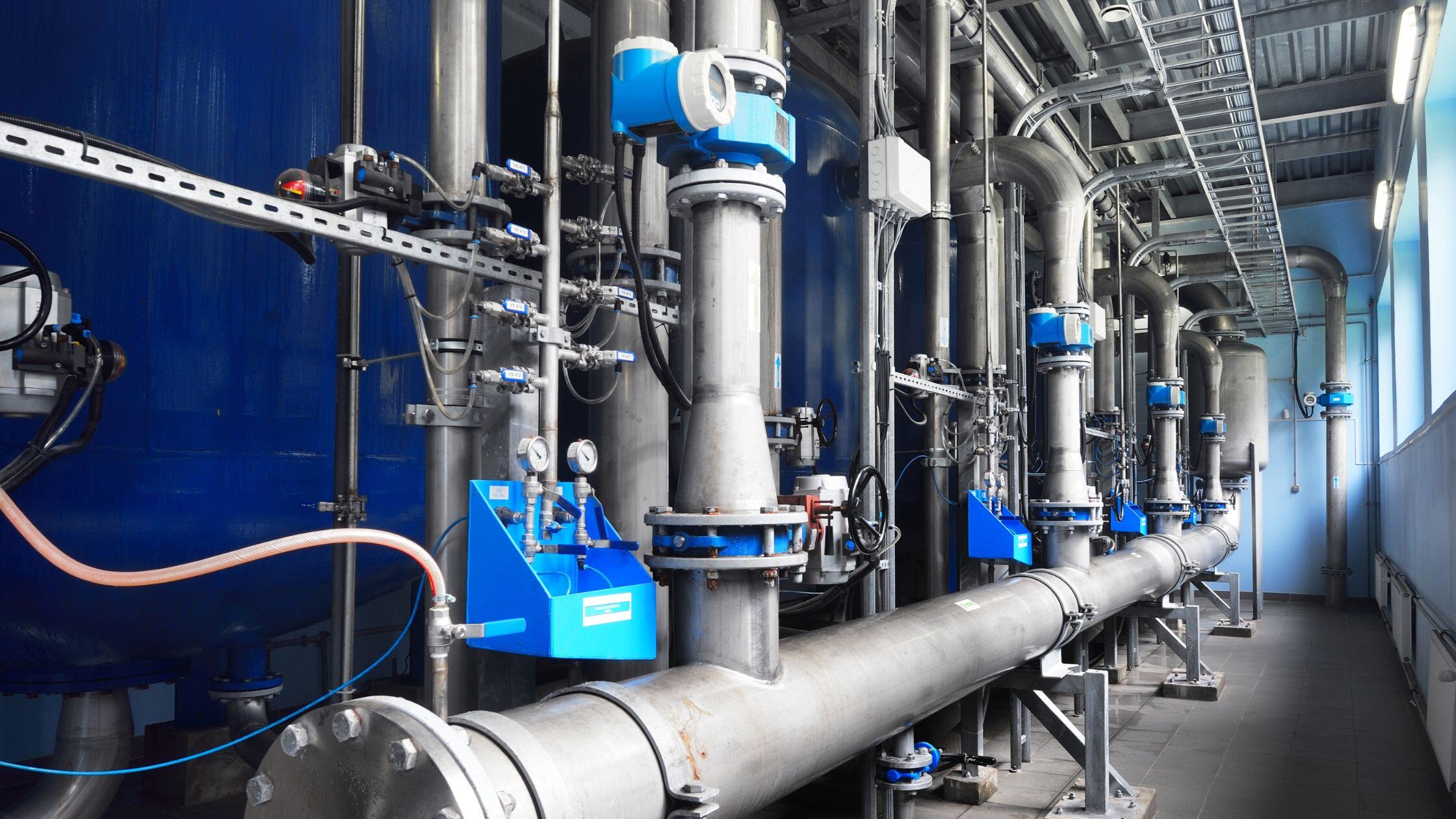
Related Case Studies
Water pressure management refers to monitoring and controlling the pressure within water systems. These systems comprise three components: a sensor, a water pressure datalogger, and a cloud-based platform.
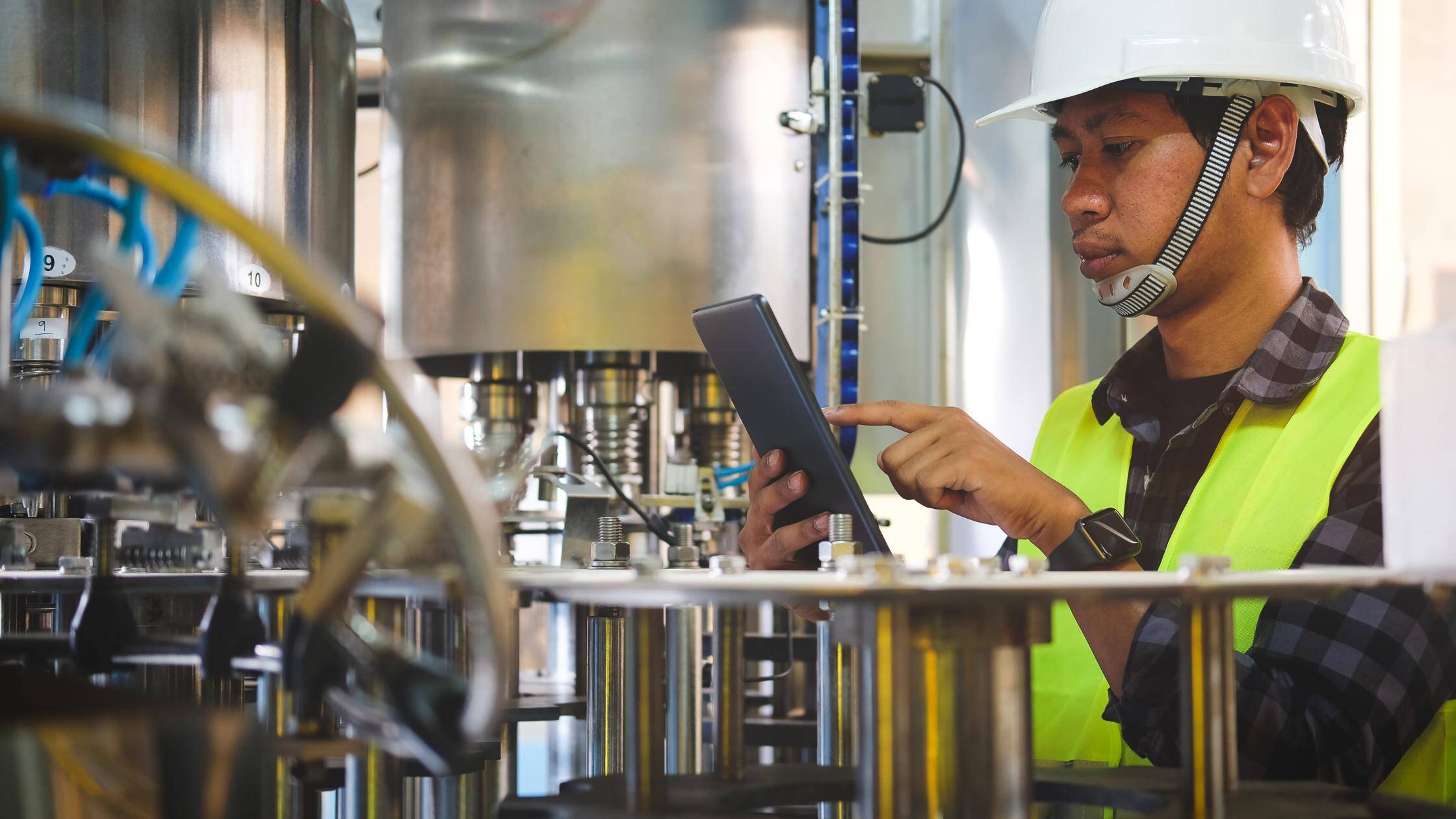
Related Case Studies
RS-485 is essential in industrial and building management systems, offering reliable long-distance communication and multi-device support. Its robust features ensure efficient sensor monitoring and data transmission in various applications, from automation to utility networks.
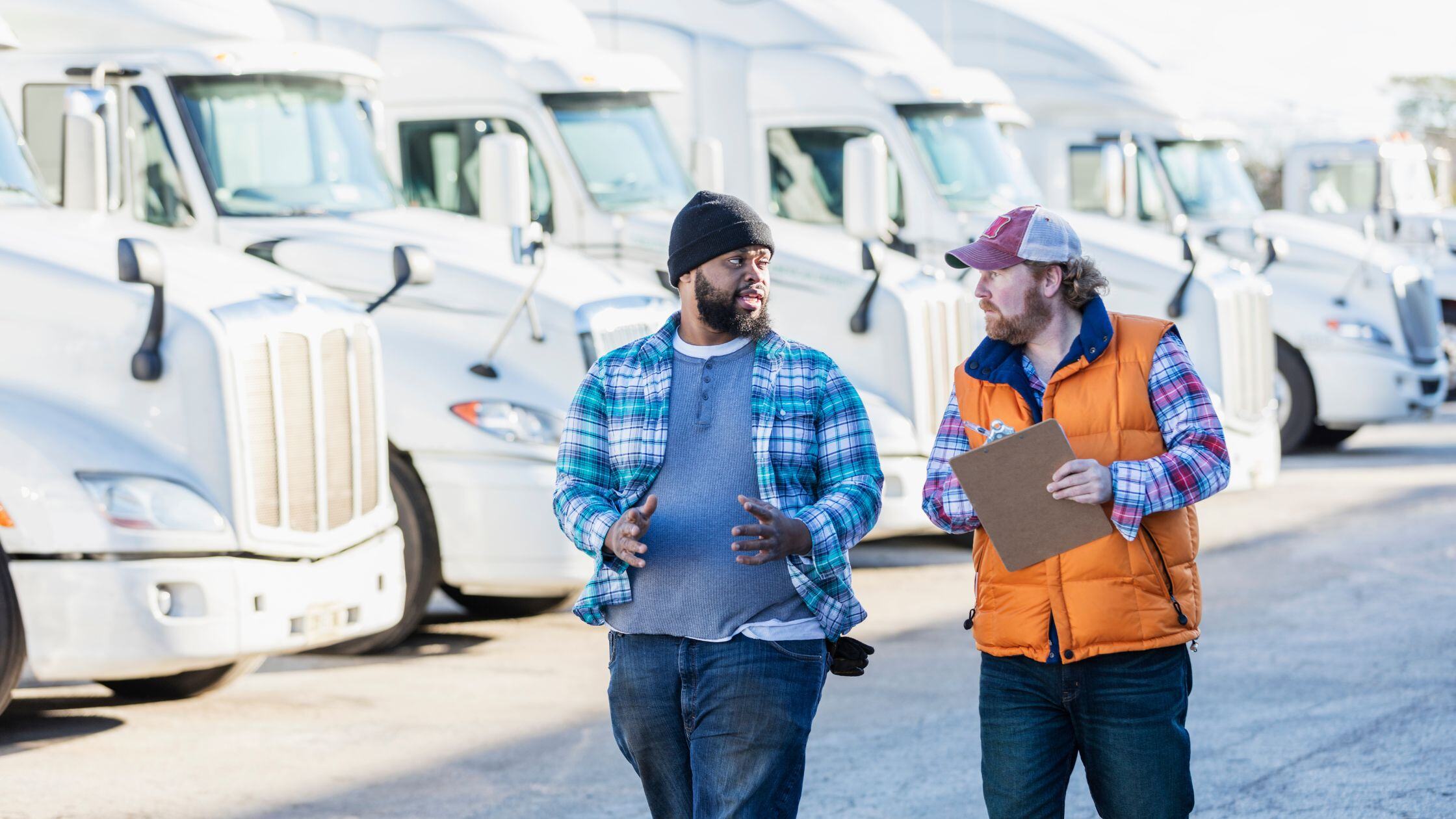
Related Case Studies
Explore how IoT remote monitoring is utilized in industries such as agriculture, healthcare, environmental management, and more. Remote monitoring paired with a data logger offers near-real-time insights into crucial data from a remote location. Ensuring timely decision-making and improved operational efficiency.